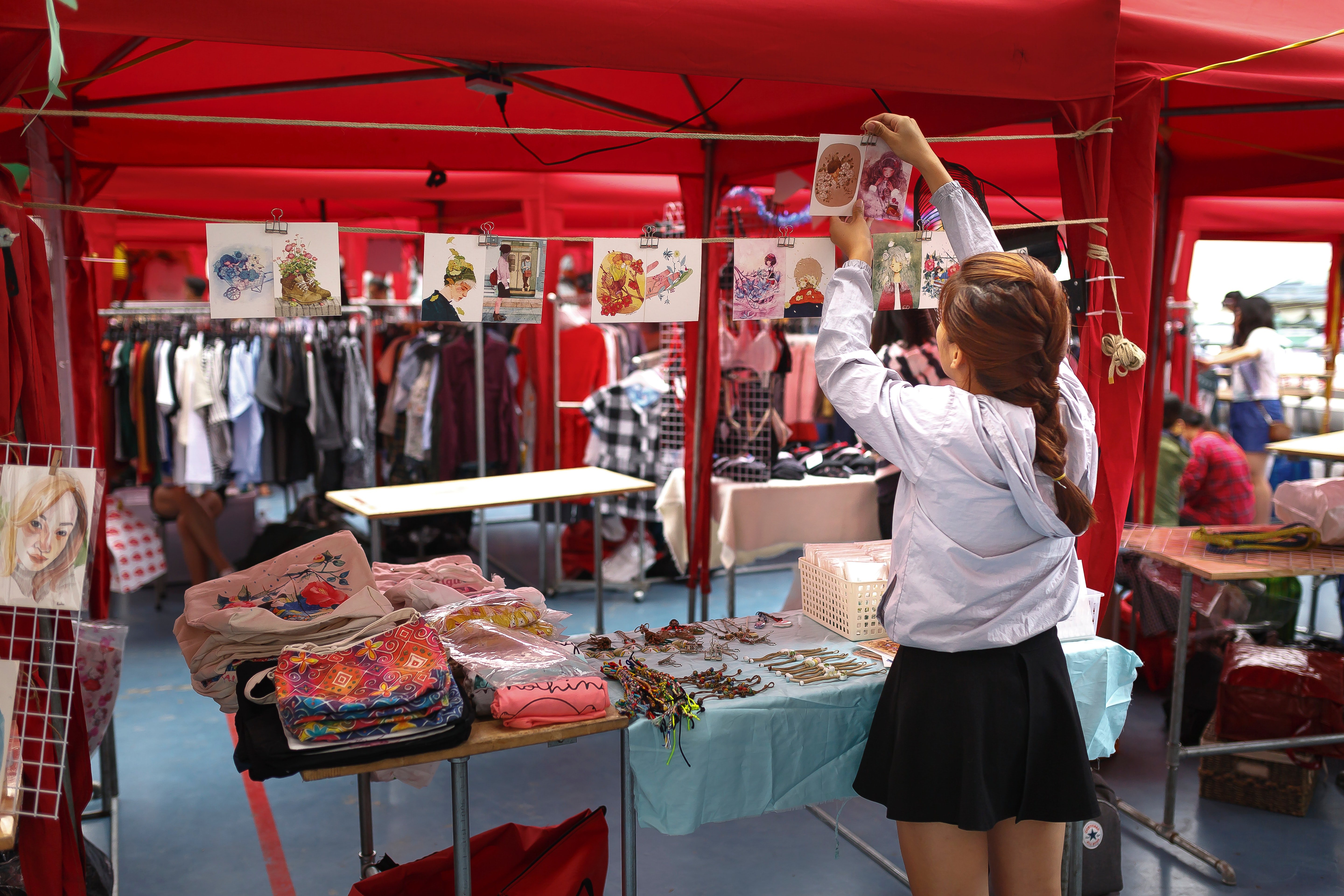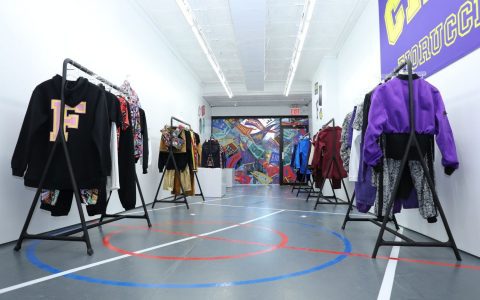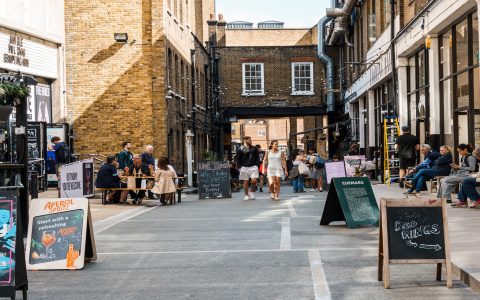Effective pop-up shop design is crucial for maximizing impact within a temporary retail environment. It blends strategic planning with creative execution to engage customers and drive objectives. Focus on these core principles:
Understanding Core Objectives
Before any design work begins, clearly define the purpose of your pop-up. This will fundamentally shape all subsequent decisions.
- Brand Awareness vs. Sales: Is the primary goal to introduce your brand to a new audience, or to drive immediate sales and clear inventory? This distinction influences layout, product density, and interactive elements.
- Target Audience Profile: Design aesthetics, material choices, and the overall atmosphere must resonate deeply with your intended customer. Research their preferences and expectations.
- Measurable Goals: Set specific, measurable, achievable, relevant, and time-bound (SMART) goals for the pop-up, such as foot traffic, social media mentions, or conversion rates. The design should support these goals.
Space Planning & Customer Flow
Optimizing a typically limited space is paramount. The layout should be intuitive and engaging.

- Journey Mapping: Plan the customer’s path from entry to exit. Create focal points to draw attention to key products or experiences.
- Verticality & Modularity: Utilize vertical space with shelving and hanging displays. Employ modular and flexible fixtures that are easy to transport, assemble, and adapt to different configurations or future pop-ups.
- Decompression Zone: Provide a small area at the entrance for visitors to transition and orient themselves before engaging with products.
- Checkout Efficiency: Ensure the payment area is clearly identifiable, accessible, and designed for smooth transactions to minimize friction.
Visual Merchandising & Branding
Your pop-up is a physical manifestation of your brand. Visual consistency and compelling product presentation are key.
- Consistent Brand Identity: Seamlessly integrate your brand's colors, logo, typography, and overall aesthetic into every design element, from signage to displays.
- Storytelling Through Design: Use visual cues, props, and thematic elements to tell your brand’s story or convey the unique selling proposition of your products.
- Product Highlighting: Implement strategic lighting, grouping, and display techniques to make products stand out. Avoid clutter; curated selections often perform better.
- Impactful Signage: Ensure exterior signage is highly visible and enticing to attract passersby. Interior signage should guide and inform.
Atmosphere & Engagement
Create a memorable experience that encourages interaction and leaves a lasting impression.
- Lighting Design: Use a combination of ambient, task, and accent lighting to create mood, highlight products, and ensure a welcoming environment. Consider temperature and intensity.
- Sensory Experience: Engage multiple senses. Consider appropriate background music, subtle scents (if brand-aligned), and tactile materials in fixtures and decor.
- Interactive Elements: Incorporate features like demonstration stations, digital touchscreens, photo opportunities, or personalized consultations to encourage dwell time and engagement.
Practical & Logistical Considerations
The temporary nature of pop-ups brings unique logistical challenges.
- Durability & Portability: Choose materials and structures that are robust enough for temporary use yet lightweight and easy to transport and install.
- Technology Integration: Ensure reliable Point of Sale (POS) systems, Wi-Fi connectivity if needed for staff or customer engagement, and consider digital displays for dynamic content.
- Accessibility: Design the space to be accessible to all individuals, including those with disabilities, adhering to local regulations.
- Security: Implement appropriate measures to protect merchandise and assets, especially during off-hours.







